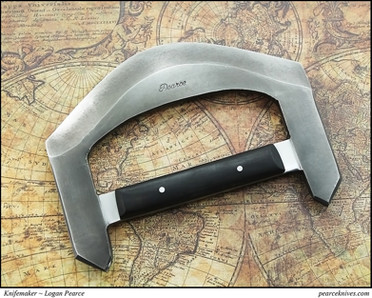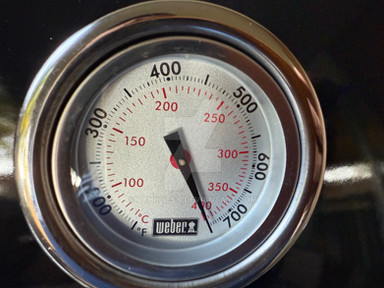HOME | DD
 Logan-Pearce — Tutorial 3. Step 1: Vinegar
Logan-Pearce — Tutorial 3. Step 1: Vinegar

Published: 2011-10-25 17:25:11 +0000 UTC; Views: 7791; Favourites: 17; Downloads: 34
Redirect to original
Description
Tutorial #3: Antiquing a BladeI'm calling this antiquing, because that is what we will be doing. Aging the blade. This darkens the blade, pits it, and pulls out the hamon if you have harden for a temper line.
In this tutorial I'm going to be focusing more on giving the blade different colors and making the blade darker as a whole. If I wanted to make it look more aged and pitted like a primitive or frontier knife, I would just make the soak times longer.
There are many ways to antique, age, patina, and darken a blade. You can use a number of house hold chemicals, fruits, or condiments to do so. The list of things you can use is endless. This tutorial will be using only Vinegar and mustard, since they seem to be pretty popular and easiest to get a hold of. They also won't do as much damage to a blade if you forget about them as other chemicals would.
This tutorial is based around carbon based steels. This will not work on stainless steel.
Items I'm using for this Tutorial: [link]
Step 1: Vinegar
I have two knives in the picture. The top one is the one from our other tutorials that we are still working on. The bottom is the knife I want to antique. I like the finish on the knife we are working on and since antiquing was more of an after thought, then I will be doing this tutorial on the knife I want the antiquing on.
After filling the zip lock bag with vinegar, we put the knife in the bag. The second photo is the knife after about five minutes.
The third picture is after an hour of being in the vinegar. It depends on how much pitting you want. If you want a lot, leave it in there for hours. I don't want a whole lot of pitting, so I take the knife out of the vinegar every hour.
The last picture is the knife an hour after being in vinegar and polished with a steel wool. The reason I didn't put steel wool on the items I am using, is because you don't need it. If you don't use a steel wool, just use hot water, soap, and a rag to clean the blade after each cycle. This will also produce a darker blade, than what I have shown here. And if you want you can stop at this point.
I am mainly doing this to pull the hamon out and to darken the blade. I continue to do this cycle for about 4-6 hours.
Next Step: [link]
Logan Pearce
Facebook!!!
www.pearceknives.com
Related content
Comments: 7

0_o it gave neutral when i didn't click anything 0_o
👍: 0 ⏩: 1

i've heard small amounts of bleach can darken, i know it tarnishes silver
👍: 0 ⏩: 1

Bleach is a good one. It works a lot faster than vinegar, but it pits a whole lot faster as well. You should put a carbon piece in with some bleach. It's kind scary watching it.
👍: 0 ⏩: 1

yeah i mix a small amount into my dish water it tarnishes my wedding band... started taking it off while washing
👍: 0 ⏩: 1

It's crazy stuff. When I go the bleach route with the finish, I have to watch it. Every time I check on the knife, it looks terrible. It looks so rough. It's probably because it's clear though and I can watch it eat away the metal.
👍: 0 ⏩: 1

yeah , i'd say try diluting it with some water to slow down the process, but i don't know how well it would work[main reason certain metal utensil get washed seperate at my house]
👍: 0 ⏩: 0
























